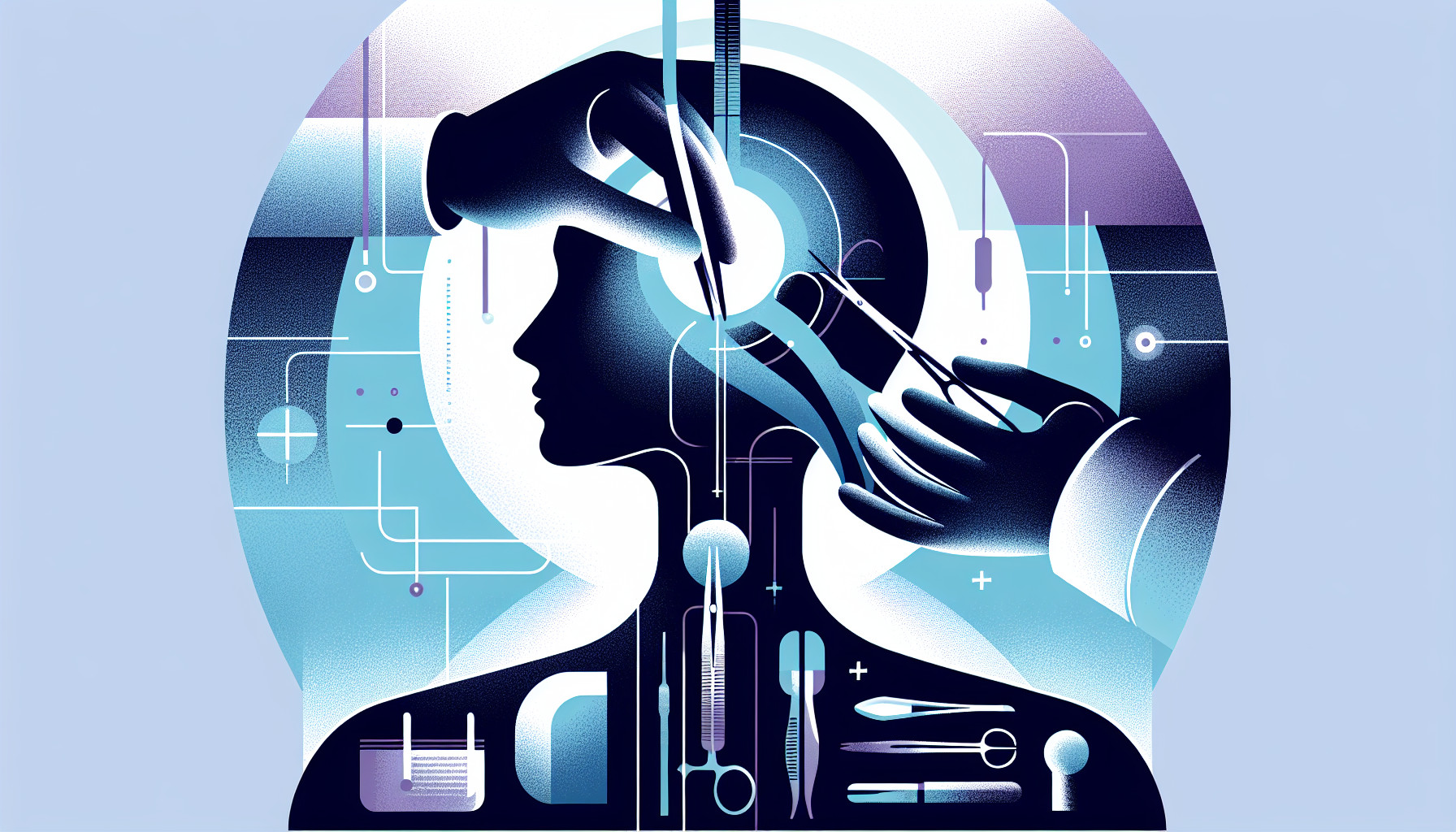Our Summary
Nasal polyps, which are growths in the nose that can cause blockage, are a common problem. This paper looks specifically at a less well-known type of nasal polyp, called a sphenochoanal polyp. The researchers looked at different cases over the past 30 years to understand who is typically affected by this condition. They found 88 cases where the patient’s details were available. The patients ranged from 2 to 80 years old and there were almost equal numbers of men and women. Most of the polyps were found on the left side of the nose, but some were on the right or both sides. They concluded that this type of polyp can affect anyone, regardless of age or sex. They also found that removing the polyps with a procedure called endoscopic removal is safe and usually has good results.
FAQs
- What is a sphenochoanal polyp?
- Who is typically affected by sphenochoanal polyps?
- What is the recommended procedure for removing sphenochoanal polyps?
Doctor’s Tip
One helpful tip a doctor might give a patient about nasal polyp removal is to follow post-operative care instructions carefully to ensure a successful recovery. This may include avoiding activities that could irritate the nasal passages, using prescribed medications as directed, and attending follow-up appointments to monitor healing progress. It is also important to maintain good nasal hygiene to prevent recurrence of nasal polyps in the future.
Suitable For
Patients who are typically recommended nasal polyp removal are those who are experiencing symptoms such as nasal congestion, difficulty breathing, a decreased sense of smell, facial pain or pressure, and frequent sinus infections. Additionally, patients who have tried other treatments such as nasal corticosteroids or antibiotics with little to no improvement may also be recommended for nasal polyp removal. In some cases, patients with severe or recurrent nasal polyps may also be recommended for surgery to remove the polyps and improve their quality of life.
Timeline
Before nasal polyp removal:
- Patient may experience symptoms such as nasal congestion, runny nose, postnasal drip, reduced sense of smell, and facial pain or pressure.
- Patient may seek medical advice from an otolaryngologist (ENT specialist) who may diagnose the nasal polyps through a nasal endoscopy or imaging studies.
- Treatment options such as nasal corticosteroid sprays, oral corticosteroids, or nasal polyp removal surgery may be recommended depending on the severity of the symptoms.
After nasal polyp removal:
- Patient undergoes endoscopic removal surgery to remove the nasal polyps.
- Patient may experience relief from symptoms such as improved nasal breathing, reduced nasal congestion, and improved sense of smell.
- Patient may be prescribed medications or nasal rinses to prevent the recurrence of nasal polyps.
- Follow-up appointments with the otolaryngologist may be scheduled to monitor the healing process and assess the effectiveness of the treatment.
- Patient may need to make lifestyle changes such as avoiding allergens or irritants that can trigger nasal polyps.
What to Ask Your Doctor
What are the potential risks and complications of nasal polyp removal surgery?
How long is the recovery time after nasal polyp removal surgery?
Will I need to take any medication after the surgery, and if so, what are the potential side effects?
Are there any lifestyle changes I should make to prevent the recurrence of nasal polyps?
Will I need to follow up with you regularly after the surgery?
Are there any alternative treatments to nasal polyp removal that I should consider?
How long do the effects of nasal polyp removal surgery typically last?
Can nasal polyps come back after they have been removed, and if so, what is the likelihood of recurrence?
Are there any specific symptoms or warning signs I should watch out for after the surgery?
How soon after nasal polyp removal surgery can I expect to see improvement in my symptoms?
Reference
Authors: Bayazid L, Josephson GD. Journal: BMJ Case Rep. 2023 May 2;16(5):e251182. doi: 10.1136/bcr-2022-251182. PMID: 37130643
